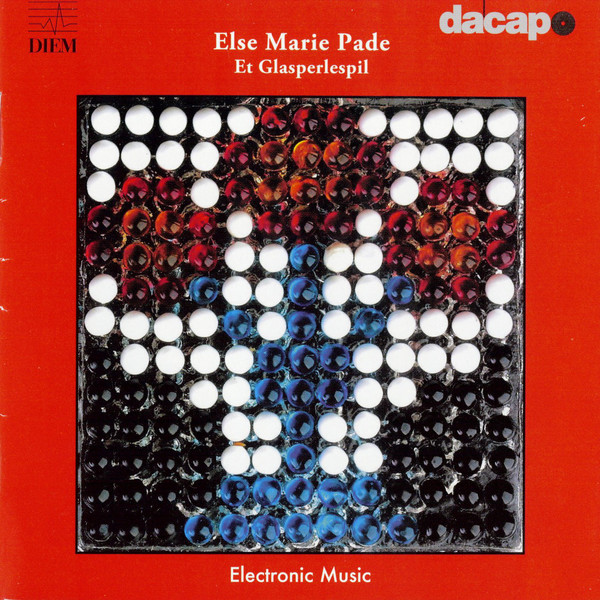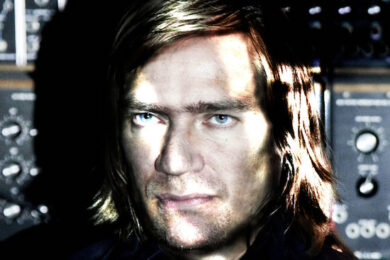1. Else Marie PadeFaust

Electronic music is totally dependent on sequencing – it is how sounds are put into time structures. Electronic music started with tape, which was replaced by analog step sequencers, which were replaced by digital sequencers and then computers.
The first generation of electronic music was created in the early 1950s by composers exploring the possibilities of the manipulation of magnetic tape. The tape machine enabled people to construct for the first time pieces of music that could be listened to exactly the same way as they were performed, but it also became possible to manipulate sound in ways never before possible. If you think about it this is quite an important step in the development of human civilisation.
This record is a very good example of this early period and it is also a very beautiful and atmospheric piece. Else Marie Pade was a Danish composer who led a pretty colourful life. She was imprisoned by the Nazis during World War Two for being part of the resistance. She dreamt up her first musical ideas whilst interned and scratched them into the walls of the prison. When she was released after the war she studied under Pierre Schaeffer who introduced her to the newly invented tape machine. In the early 1960s she worked at the Danish Radio Laboratory and was commissioned to record the soundtrack to a radio play called Faust, using oscillators and tape manipulation to create it. I think it sounds as modern and fresh as anything that could be made today.


